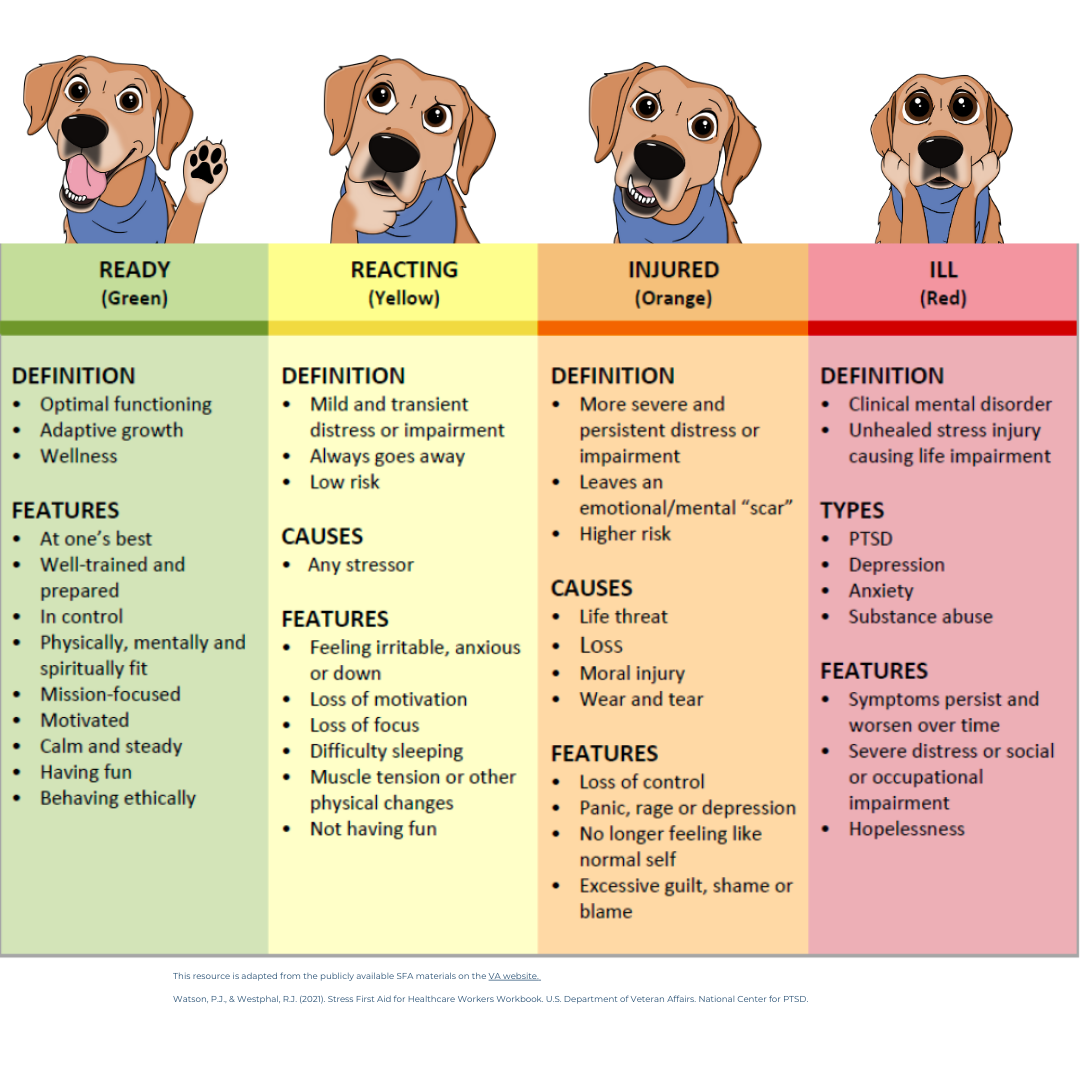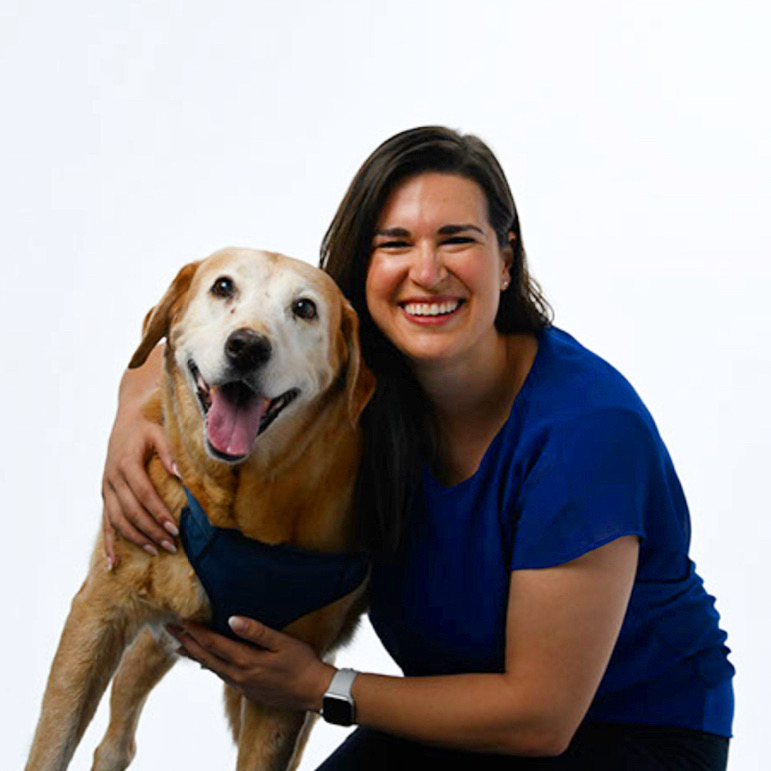Stress First Aid for veterinary professionals

Stress gets a reputation as the bad guy, but it actually serves an important purpose: When you find yourself in danger, your stress response activates—almost like channeling your inner superhero—to take action and keep you safe.
However, when chronic stress goes unmanaged, it can take a significant toll on health and wellbeing, making it resemble more of an evil villain persona . . . so maybe we can start thinking of stress as a "frenemy?”
Through better awareness and tools for recognizing and mitigating stress reactions, you can transform stress from the constant villain to that inner superhero. By changing thought and behavior patterns, we can teach ourselves to work with our stress instead of fighting against it or trying to make it magically disappear.
Befriend your stress “frenemy”
The first step in better managing stress is understanding how it appears for you, specifically. While physiological stress responses tend to activate similarly for all of us, our experiences of stress are unique.
Oftentimes, we don’t even know we’re stressed until our levels of worry, overwhelm, and anxiety are off the charts. Learning to notice even the earliest signs of stress can help you take effective action to manage it.
It’s important when you recognize it that you don't start stressing out about being stressed out—then you're just adding fuel to the fire! It is more helpful to acknowledge your stress levels and use this information to make a decision about what to do next.
Stress First Aid: Developed for high-stress occupations
In the workplace, it’s well known that stress can reduce employee morale, increase turnover due to burnout, and increase organizational costs associated with recruiting and training new employees.
Stress First Aid (SFA) was developed for those in potentially high-stress occupations like the military, fire and rescue, law enforcement, and human healthcare. It’s a framework that gives guidance on how to quickly assess and respond to both acute and chronic stress, whether it’s personal stress or work-related.

For a printable version of the Stress Continuum, please click here: https://www.veterinary-wellbeing.com/stress-first-aid
Important: if you feel like you've been stuck in the orange and red zones, you may want to reach out to a qualified healthcare provider—and if you find yourself in crisis, you can call/text 988 to be connected to the suicide lifeline.
While you may see categories here, it’s important to note it’s a continuum—meaning there are sections of overlap among the stress zones. Even in a single day, you may fluctuate between green to red and everywhere in between. It's important to stop often during the day to ask: Where am I on the Stress Continuum right now?
Before moving on to other aspects of the Stress First Aid model, I encourage you to get comfortable using the Stress Continuum to start monitoring your own stress levels regularly.
Check in with yourself throughout the day and recognize what physical, mental/emotional, and behavioral experience of stress you experience. Reflect on instances where you’ve felt stress and ask yourself:
- What thoughts and emotions do I notice when I’m in the (green/yellow/orange/red) stress zone?
- What behaviors do I notice when I’m in the (green/yellow/orange/red) stress zone?
- How are my relationships impacted when I’m in the (green/yellow/orange/red) stress zone?
- What is happening in my body when I’m in the (green/yellow/orange/red) stress zone?
The more you can begin to recognize how stress shows up uniquely for you, the more effectively you will be able to manage your stress experiences.
Ready to try the Stress Continuum?
NEXT UP: Learn about the 7 Cs of Stress First Aid
 Melyssa Allen, MA, NBC-HWC, DACLM, is a double board-certified lifestyle medicine professional and certified health and wellbeing coach with a diverse background as an animal trainer, fitness instructor, and mental health professional. Using her multidisciplinary expertise in the fields of lifestyle medicine, mental health, and behavior modification, she has dedicated her company, Veterinary Well-Being Buddy, to provide veterinary wellbeing coaching services.
Melyssa Allen, MA, NBC-HWC, DACLM, is a double board-certified lifestyle medicine professional and certified health and wellbeing coach with a diverse background as an animal trainer, fitness instructor, and mental health professional. Using her multidisciplinary expertise in the fields of lifestyle medicine, mental health, and behavior modification, she has dedicated her company, Veterinary Well-Being Buddy, to provide veterinary wellbeing coaching services.
Get to know Melyssa in Episode 59: Stress First Aid for Veterinary Professionals on Central Line: The AAHA Podcast (aaha.org/podcast).
Cover photo credit: © pcess609 E+ via Getty Images Plus
Stress First Aid resources are available from the US Department of Veterans Affairs at ptsd.va.gov — veterinary graphic courtesy of Veterinary Well-Being Buddy.
Disclaimer: The views expressed, and topics discussed, in any NEWStat column or article are intended to inform, educate, or entertain, and do not represent an official position by the American Animal Hospital Association (AAHA) or its Board of Directors.



